10 Tips to Take Your Camping Trip to the Next Level
Camping is always fun, but these expert tips and ideas can make your camping trip even better.
1. GET FIT
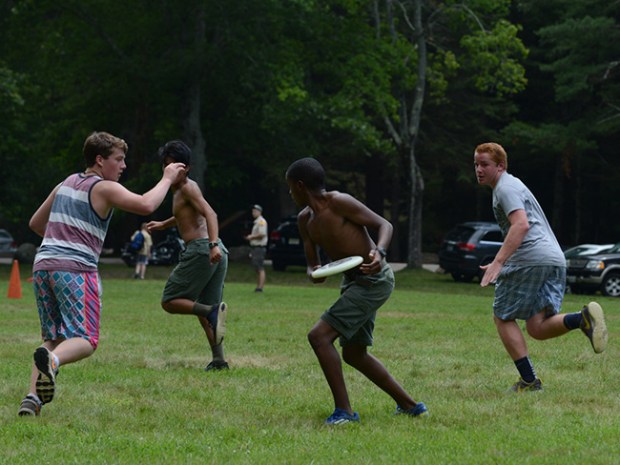
THE BASICS: Prepare for your trek — be active for 60 minutes or more on most days. This includes walking, bicycling and playing sports. Activities like walking to the bus stop, taking the stairs instead of the elevator and playing active games with your friends also count toward your 60 minutes.
NEXT-LEVEL FITNESS: Add the following activities to your routine at least three times a week:
• Aerobic activities, such as running and cycling
• Muscle-strengthening activities, such as sit-ups, push-ups, pull-ups and weight lifting (Talk to your doctor before beginning a weight-lifting program.)
• Bone-strengthening activities promote bone growth and include running, jumping rope, and participating in sports such as basketball, tennis and volleyball.
2. CHOOSE A GOOD SPOT
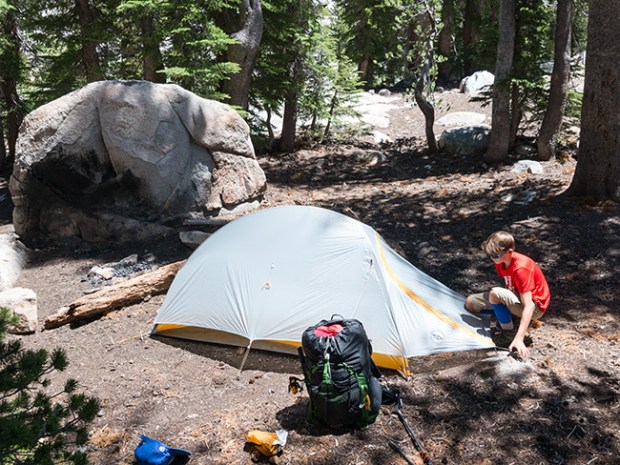
THE BASICS: Your local council probably operates a terrific campground. Local and state parks also offer convenient, affordable options nearby. It could be that a family in your unit owns property perfect for camping. All you have to do is ask.
NEXT-LEVEL LOCATIONS: National trail systems like the Appalachian Trail and the Pacific Crest Trail stretch across multiple states and offer the added excitement of camping in famous, historic areas. BSA national high-adventure bases at Florida Sea Base, Northern Tier, Philmont Scout Ranch and the Summit Bechtel Reserve are great camping spots. Just remember they fill up fast, so make your reservation months in advance.
3. PLAN AHEAD
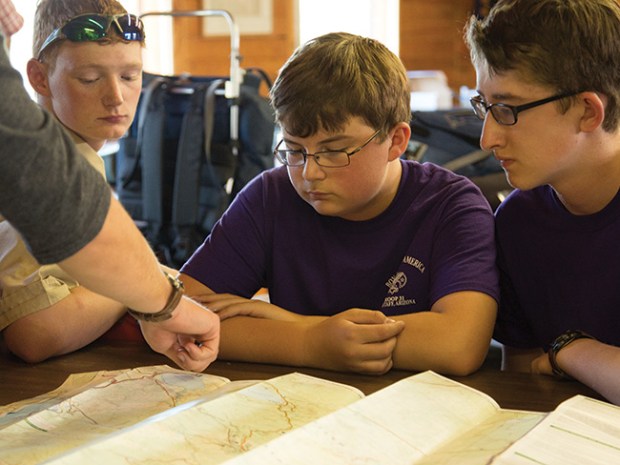
THE BASICS: Take the time to develop a trip plan that answers the following questions: How will you get there? When will you go and when will you return? Who is going with you? What do you need to take with you?
NEXT-LEVEL PLANNING: Have a back-up plan in place. Ideal itineraries include demanding tasks, along with more manageable alternatives should the situation change. Getting the basics in place — while stopping short of planning out every minute of your trek — will allow you to adapt to changing circumstances in the field.
4. GEAR UP
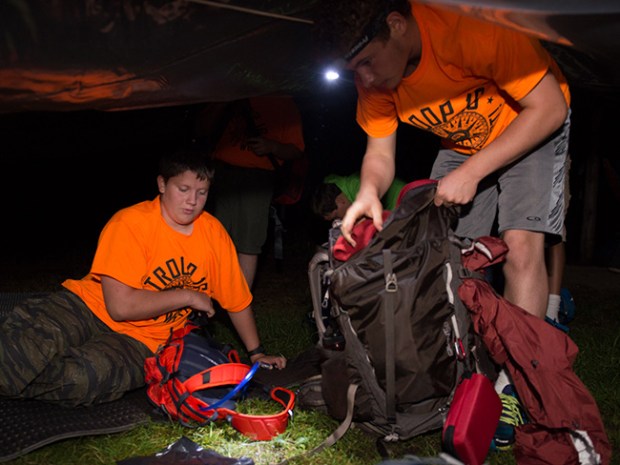
THE BASICS: You’ll take two kinds of gear on campouts: personal gear that you will use and group gear that will be shared by your patrol. Start with the Scout basic essentials (find them here) and work your way out from there, including sleeping gear, an eating kit, a clean-up kit and personal items.
NEXT-LEVEL GEAR: Take a telescope and gaze in amazement at the stars. The night sky looks totally different when you’re away from big-city lights. Take a football or soccer ball for downtime. Pack ultralight by sharing heavy equipment with other Scouts and replacing heavy hiking boots with sturdy running shoes.
5. SLEEP WELL
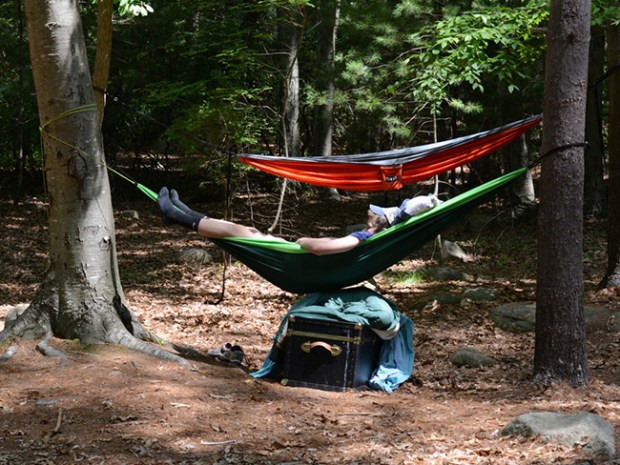
THE BASICS: The best tent is an A-frame or dome tent that sleeps two or three Scouts. The fewer poles it has, the easier it will be to set up. A window lets the breeze from outside keep you cool. A second window makes it even more comfortable.
NEXT-LEVEL SLEEP SYSTEMS: If conditions allow, sleep on a hammock instead of inside a tent. Or take a simple tarp and sleep in a sleeping bag on the ground, with a ground cloth between you and the grass. A bivouac sack is a waterproof envelope that can be slipped over a sleeping bag for extra protection from the elements.
6. EAT WELL
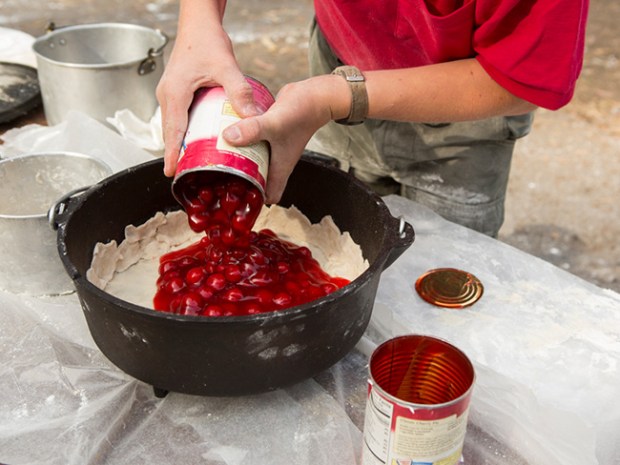
THE BASICS: Meal planning begins with knowing how many Scouts will be on the trip and how long you’ll be away from home. Make a list of any special food needs in your unit. Make sure you know the budget so you’ll know how much to spend on supplies. Plan healthy meals that will provide everyone with the energy needed to complete all activities planned for the campout.
NEXT-LEVEL MEALS: Before you leave, divide your ingredients into their correct serving sizes, place them in separate resealable bags and label them: “Monday lunch,” “Tuesday snack,” “Wednesday breakfast.” At mealtimes, you’ll already have all your ingredients measured out and ready to go. Take herbs and spices to make everything taste better. Dutch-oven cooking takes more time, but the results are worth it, because your food will be extra delicious.
7. APPRECIATE NATURE
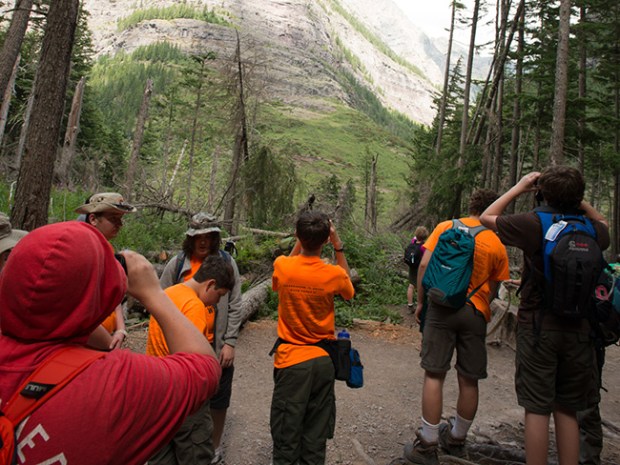
THE BASICS: When you’re outdoors, take some time to look around you. A campout is not about getting through the weekend as fast as you can; it’s about enjoying the journey. Look for evidence of animals, such as animal sounds, footprints and droppings.
NEXT-LEVEL NATURE APPRECIATION: Take a pencil, notebook, animal identification guide and a pair of binoculars. Make it a goal to identify five different species during your trip. Keep a list in your
notebook of what you see. Have everyone try to identify five different species of plants or trees based on the
shape of its leaves.
8. TAKE A HIKE
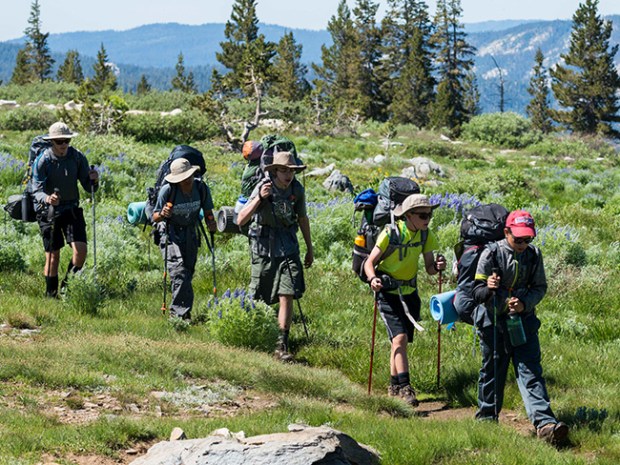
THE BASICS: Pack your Scout basic essentials in a small pack. Make sure you know exactly what route you’ll be taking and how difficult the terrain will be. Wear non-cotton clothing that will keep you comfortable no matter how much you sweat or how much it rains. But go ahead and pack rain gear, too.
NEXT-LEVEL TREKKING: Instead of a day hike carrying basic supplies, go on a multiday trek and carry everything you need to live comfortably for days on the trail. Organization is key. Take only what you need. No extras. Share gear: If your buddy carries your tent, you carry the cooking supplies. Put things you don’t want to get wet in waterproof bags. The pack’s center of gravity should be high and close to your back.
9. BUILD A CAMPFIRE
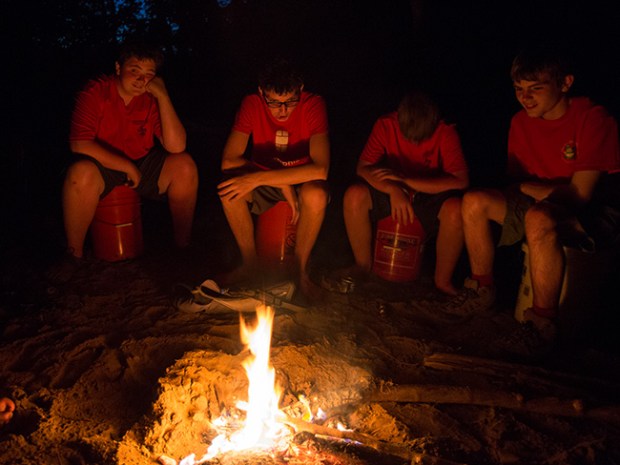
THE BASICS: A safe fire site is one from which the fire cannot spread. Look for established fire rings, grills or stone fireplaces. Keep a bucket of water nearby. Gather tinder, kindling and fuel wood before you strike your first match. Don’t break anything off a tree; gather only what you find on the ground.
NEXT-LEVEL CAMPFIRES — DON’T BUILD ONE: Campfires sterilize soil, char the ground and otherwise spoil the appearance of the land. They must be watched nonstop to make sure they don’t spread. The downed materials you gather for a campfire could otherwise provide shelter for forest critters. Consider skipping the campfire altogether and use a stove for cooking.
10. LEAVE NO TRACE
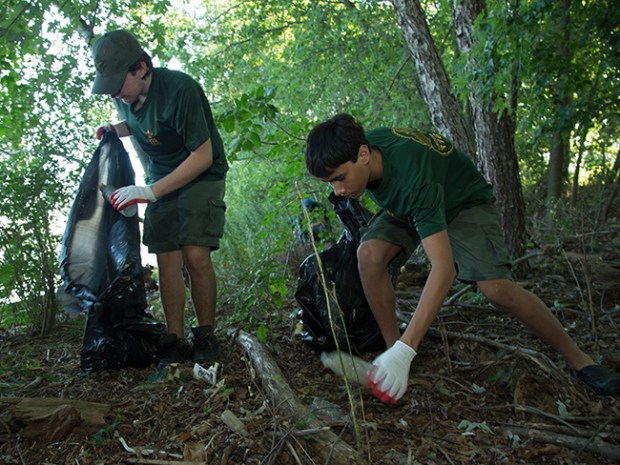
THE BASICS: Before you leave, inspect your campsite for trash and spilled foods. Remove anything you find, even if it didn’t belong to you in the first place. Leave rocks, plants and other natural objects exactly as you found them. Take only pictures. Leave only footprints.
NEXT-LEVEL LNT: Organize a service project to improve the area beyond your camping spot. Talk with the land owner about what needs to be done. Remove trash from areas you wouldn’t normally think about. (You’ll be shocked by the trash you find at the bottoms of rivers and streams.) Other project ideas include erosion control, removal of invasive species and tree planting.
1) Think about the weather. Plan for the changes , should they come.
2) If a scout in your party is injured, becomes ill, & a litter case evacuation, Plan & practice fabricating the litter from available gear & poles, & let each one experience what it’s like to be the one on the litter. Later, at night, execute this same drill in the dark with headlamps & a manufactured sense or urgency ( Snake bite , Closed head injury )
Philmont Scout Ranch is closed from fires will reopen in 2020
Where did you hear that? As far as I know, 2019 treks are good to go.
I like the ‘Next-Level’ program topics. Those really get the Scouts thinking beyond just ‘getting it done.’